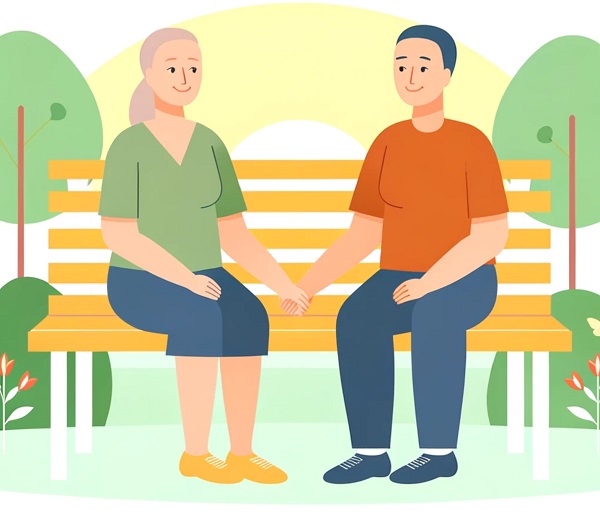These are the worlds of a client of mine trying to describe what having BPD feels like to me: “Being a borderline feels like eternal hell. Nothing less. Pain, anger, confusion, hurt, never knowing how I’m gonna feel from one minute to the next. Hurting because I hurt those who I love. Feeling misunderstood. Analyzing everything. Nothing gives me pleasure. Once in a while I will get “too happy” and then anxious because of that. Then I self-medicate with alcohol. Then I physically hurt myself. Then I feel guilty because of that. Shame. Wanting to die but not being able to kill myself because I’d feel too much guilt for those I’d hurt, and then feeling angry about that so I cut myself or O.D. to make all the feelings go away. Stress!”
Therapists use a book called “The diagnostic and Statistical Manual” (DSM) to make mental health diagnoses. They’ve outlined nine traits that borderlines seem to have in common; the presence of five or more of them may indicate BPD.
However, please note the following:
- Everyone has all these traits to a certain extent. Especially teenagers. These traits must be long-standing (lasting years) and persistent. And they must be intense.
- Be very careful about diagnosing yourself or others. In fact, don’t do it. Top researchers guide patients through several days of testing before they make a diagnosis. Don’t make your own diagnosis on the basis of a WWW site or a book!
- Many people who have BPD also have other concerns, such as depression, eating disorders, substance abuse — even multiple personality disorder or attention deficit disorder. It can be difficult to isolate what is BPD and what might be something else. Again, you need to talk to a qualified professional.
DSM-IV Definition of BPD
- A pervasive pattern of instability of interpersonal relationships, self-image, and affects, and marked impulsivity beginning by early adulthood and present in a variety of contexts, as indicated by five (or more) of the following:
- Frantic efforts to avoid real or imagined abandonment. Note: Do not include suicidal or self-mutilating behaviour.
- A pattern of unstable and intense interpersonal relationships characterized by alternating between extremes of idealization and devaluation. This is called “splitting.”
- Identity disturbance: markedly and persistently unstable self-image or sense of self.
- Impulsivity in at least two areas that are potentially self-damaging (e.g., spending, sex, substance abuse, reckless driving, binge eating).
- Recurrent suicidal behaviour, gestures, or threats, or self-mutilating behaviour.
- Affective instability due to a marked reactivity of mood (e.g., intense episodic dysphoria, irritability, or anxiety usually lasting a few hours and only rarely more than a few days).
- Chronic feelings of emptiness.
- Inappropriate, intense anger or difficulty controlling anger (e.g., frequent displays of temper, constant anger, recurrent physical fights).
- Transient, stress-related paranoid ideation or severe dissociative symptoms.
Dissociation is the state in which, on some level or another, one becomes somewhat removed from “reality,” whether this be daydreaming, performing actions without being fully connected to their performance (“running on automatic”), or other, more disconnected actions. It is the opposite of “association” and involves the lack of association, usually of one’s identity, with the rest of the world.
There is no “pure” BPD; it coexists with other illnesses. These are the most common. BPD may coexist with: Post traumatic stress disorder, Mood disorders, Panic/anxiety disorders, Substance abuse (54% of BPs also have a problem with substance abuse), Gender identity disorder, Attention deficit disorder, Eating disorders, Multiple personality disorder & Obsessive-compulsive disorder (to name the most common).
While this is the description of BPD at its core, it is a complex disorder that doesn’t really have a “one suit fits all” policy. Being given the diagnosis of having BPD is more about structuring the core elliments someone is suffering from and a road to travel down when it comes to further therapy and help. Everyone who has BPD is different, but this is also what makes this such a fascinating disorder for those of us who study it with the aim of helping more sufferers in the future.




